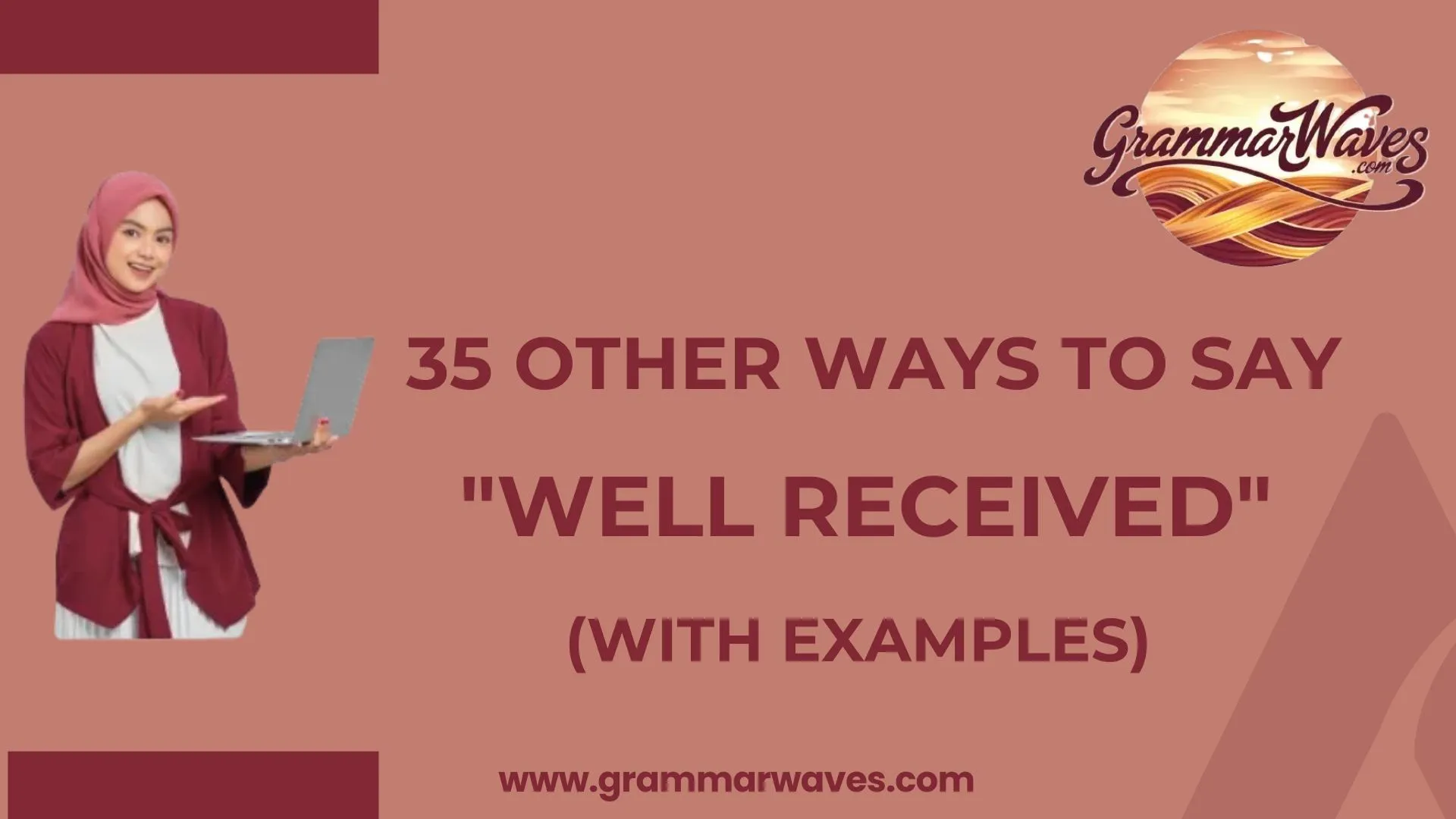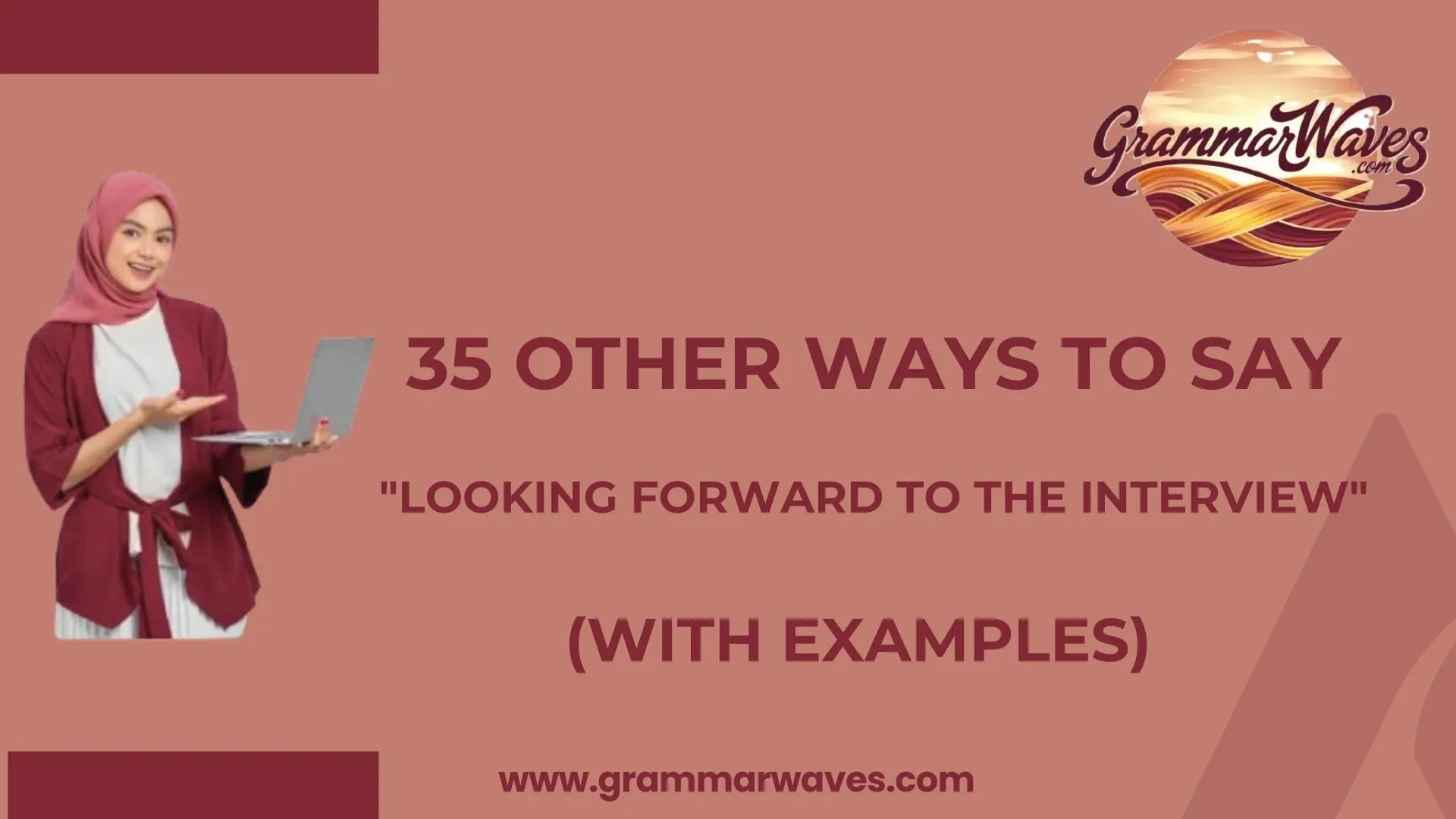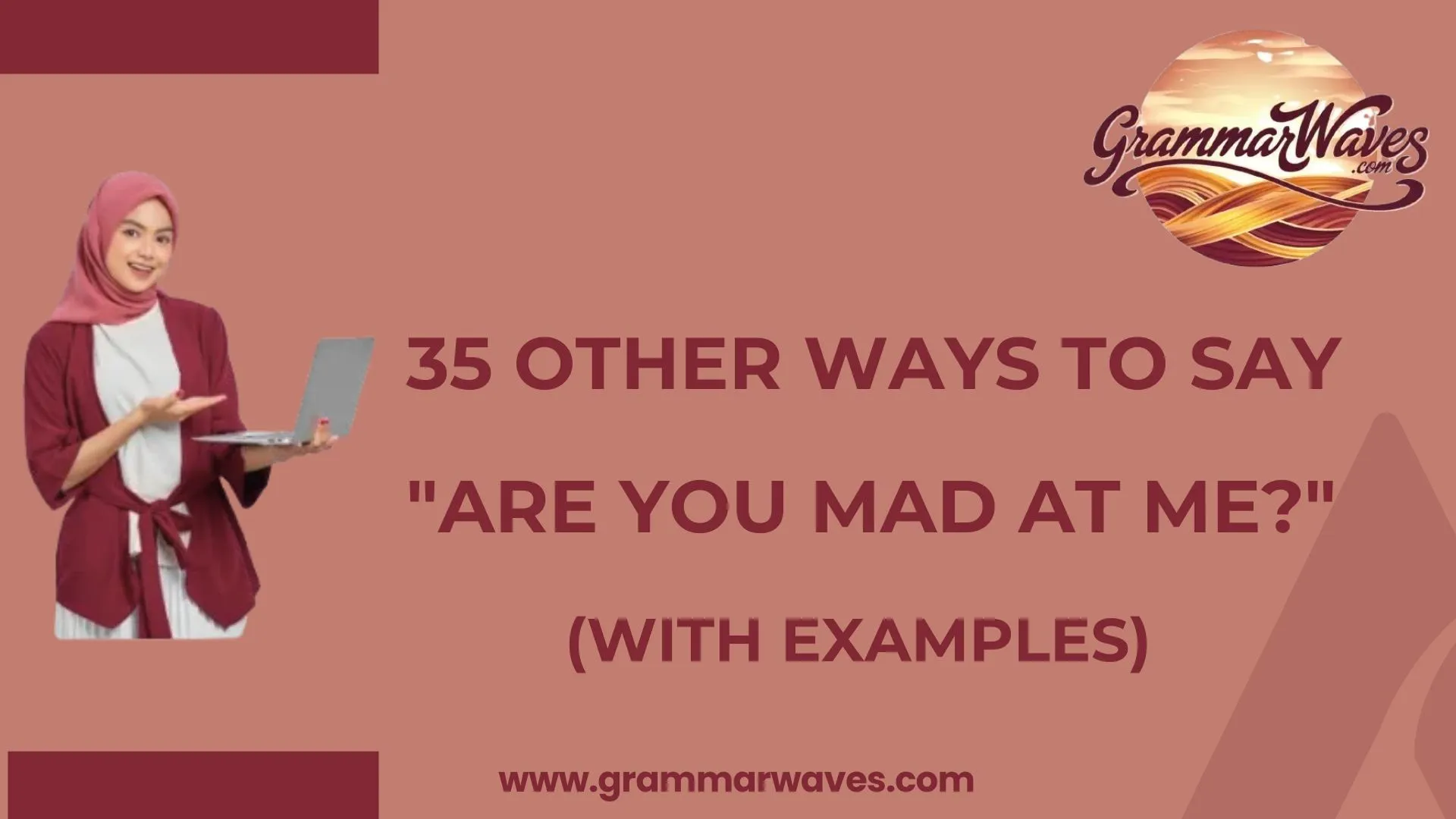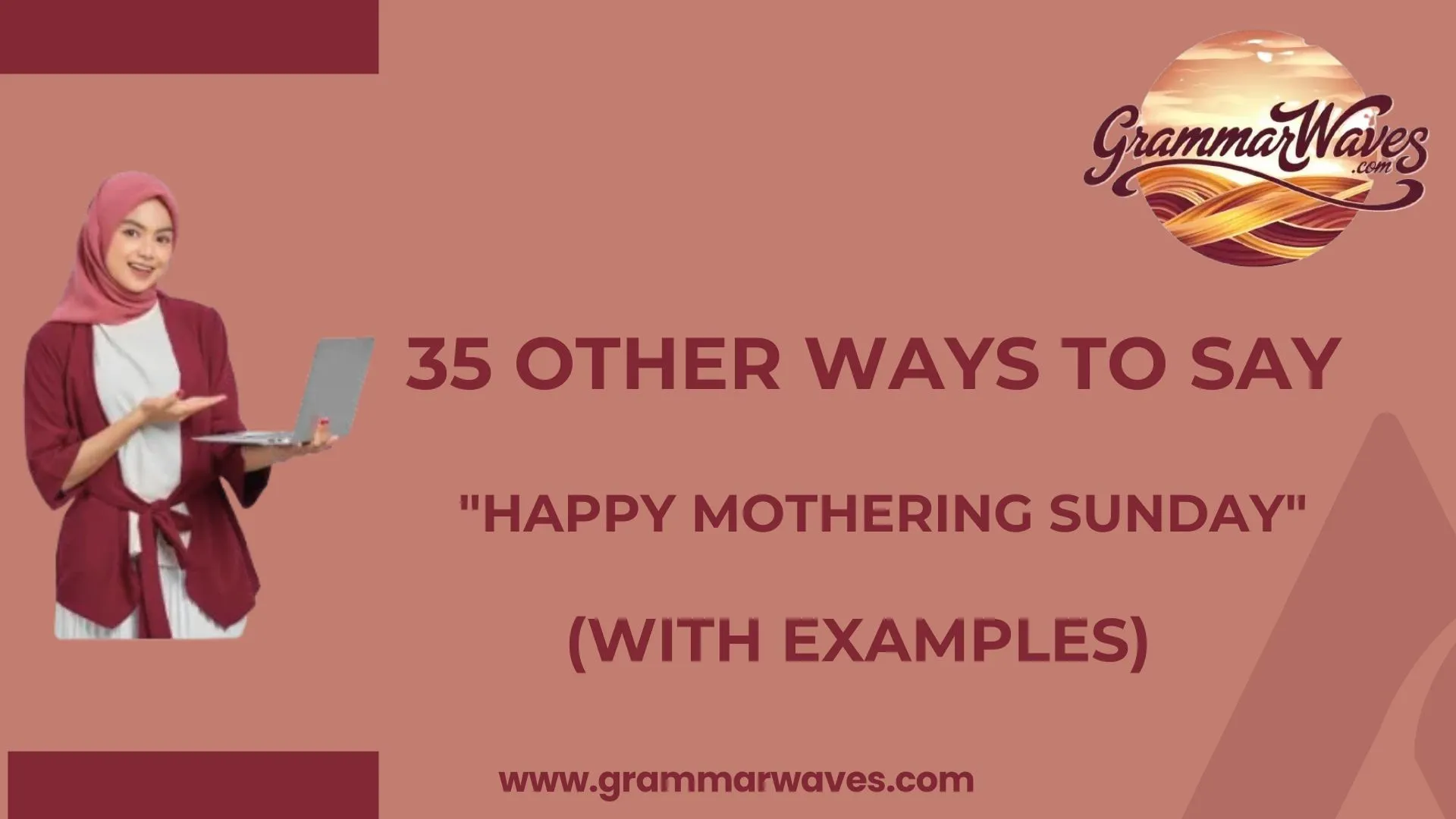Using the right words allows you to express your thoughts clearly, making your message personal, warm, and well-received. I’ve found that even simple emails or professional correspondence can transform ordinary communication into something truly heartfelt, where acknowledgment, approval, or appreciation resonate with the audience. Saying it was well received, exploring alternative expressions helps your words feel meaningful and understood.
By expressing yourself thoughtfully, each word you choose carries power, making your message genuine, relatable, and memorable. Alternative expressions in emails, notes, or general correspondence let you communicate gratitude or recognition effectively, adding a personal touch that ensures the recipient feels truly valued and your tone resonates deeply.
What Does “Well Received” Mean?
“Well received” is a phrase used to indicate that a message, gift, idea, or gesture has been accepted positively. It conveys approval, appreciation, or acknowledgment. Using alternatives can vary the tone and make communication feel more authentic and engaging.
When to Use “Well Received”
You can use “Well received” when:
- A message, proposal, or gift is positively acknowledged.
- Feedback or ideas are appreciated by the recipient.
- You want to convey polite approval in professional or casual contexts.
Is It Professional/Polite to Say “Well Received”?
Yes. “Well received” is professional and polite, but it may sometimes sound formal or impersonal. Using alternatives can enhance warmth, friendliness, or personalization.
Pros and Cons
Pros:
- Clear acknowledgment
- Polite and professional
- Widely understood
Cons:
- Can feel impersonal or robotic
- Overused in emails or business communication
- May lack emotional nuance
Appreciated
Meaning:
Expresses gratitude and acknowledgment of effort.
Explanation:
Highlights that the action or message is recognized positively.
Example:
“Your feedback on the report is appreciated.”
Best Use:
Emails, professional messages, or personal notes.
Worst Use:
Overused or in contexts where stronger praise is more suitable.
Tone:
Warm, professional, polite
Acknowledged
Meaning:
Indicates recognition of a message or gesture.
Explanation:
A neutral way to show a receipt without necessarily expressing emotion.
Example:
“Your request has been acknowledged.”
Best Use:
Professional correspondence where confirmation is required.
Worst Use:
Informal or friendly contexts-it may feel cold.
Tone:
Neutral, professional
Gratefully Received
Meaning:
Communicates deep appreciation for the received message or gift.
Explanation:
Emphasizes gratitude and positive reception.
Example:
“Your generous donation was gratefully received by our team.”
Best Use:
Charitable, formal, or heartfelt contexts.
Worst Use:
Casual messages-it may seem overly formal.
Tone:
Grateful, sincere, formal
Positively Received
Meaning:
Shows that the message or action was taken well.
Explanation:
Indicates a favorable response, often used in feedback scenarios.
Example:
“The proposal was positively received by the board.”
Best Use:
Professional meetings, project feedback.
Worst Use:
Personal messages where warmth is desired.
Tone:
Neutral, professional
Favorably Noted
Meaning:
Recognized and regarded in a positive light.
Explanation:
Often used in formal or official acknowledgment.
Example:
“Your suggestion was favorably noted and will be considered.”
Best Use:
Formal correspondence, professional approvals.
Worst Use:
Casual conversations-it may sound stiff.
Tone:
Formal, professional
Well Appreciated
Meaning:
Shows recognition and thankfulness for an action or message.
Explanation:
Highlights positive reception with a slightly warmer tone than “acknowledged.”
Example:
“Your input on the project is well appreciated.”
Best Use:
Business emails, formal notes, and personal appreciation.
Worst Use:
Overused phrases in casual speech.
Tone:
Warm, polite
Warmly Received
Meaning:
Suggests personal warmth and positivity in reception.
Explanation:
Conveys emotional appreciation beyond formal acknowledgment.
Example:
“The gift was warmly received by everyone at the event.”
Best Use:
Gifts, personal messages, thoughtful notes.
Worst Use:
Strictly professional documents-it may be too casual.
Tone:
Friendly, heartfelt
Enthusiastically Received
Meaning:
Indicates excitement and positive energy in reception.
Explanation:
Shows strong approval and active engagement.
Example:
“Your innovative idea was enthusiastically received by the team.”
Best Use:
Creative work, proposals, motivational contexts.
Worst Use:
Routine confirmations-it may seem exaggerated.
Tone:
Energetic, positive
Well Taken
Meaning:
Acknowledged and understood positively.
Explanation:
Casual alternative emphasizing understanding and acceptance.
Example:
“Your advice was well taken, and I’ll follow it.”
Best Use:
Informal communication, mentorship feedback.
Worst Use:
Formal letters-it may be too casual.
Tone:
Casual, polite
Thanked
Meaning:
Shows gratitude for an action or gesture.
Explanation:
A Simple, direct way to acknowledge receipt and appreciation.
Example:
“Your suggestions are thanked and implemented.”
Best Use:
Emails, personal notes, official acknowledgments.
Worst Use:
Overly brief-it may lack emotional depth.
Tone:
Polite, professional
Kindly Received
Meaning:
Indicates reception with warmth and courtesy.
Explanation:
Conveys polite acknowledgment with a personal touch.
Example:
“Your recommendations were kindly received by the committee.”
Best Use:
Professional emails, courteous correspondence.
Worst Use:
Casual text messages-it may sound overly formal.
Tone:
Polite, warm
Heartily Received
Meaning:
Received with strong positivity and genuine enthusiasm.
Explanation:
Emphasizes sincerity and energetic approval.
Example:
“The news of your promotion was heartily received by the team.”
Best Use:
Celebrations, personal achievements, heartfelt announcements.
Worst Use:
Routine confirmations-it can feel exaggerated.
Tone:
Energetic, heartfelt
Graciously Received
Meaning:
Accepted with courtesy and respect.
Explanation:
Highlights appreciation while showing refinement and elegance.
Example:
“Your apology was graciously received, and no hard feelings remain.”
Best Use:
Formal situations, professional apologies, gestures of kindness.
Worst Use:
Casual or humorous contexts-it may seem stiff.
Tone:
Polite, refined
Kindly Acknowledged
Meaning:
Received and recognized with politeness.
Explanation:
Combines acknowledgment with a friendly, professional tone.
Example:
“Your proposal has been kindly acknowledged by our office.”
Best Use:
Emails, letters, official communications.
Worst Use:
Informal chats-it may feel too formal.
Tone:
Courteous, professional
Positively Noted
Meaning:
Recorded or recognized favorably.
Explanation:
Highlights attention and approval, often in formal correspondence.
Example:
“Your suggestions were positively noted by management.”
Best Use:
Business emails, official documentation.
Worst Use:
Informal or personal notes-it may sound detached.
Tone:
Neutral, professional
Warmly Acknowledged
Meaning:
Received and recognized with friendliness and warmth.
Explanation:
Shows personal attention beyond formal acknowledgment.
Example:
“The gift was warmly acknowledged by the family.”
Best Use:
Gifts, personal correspondence, informal professional messages.
Worst Use:
Very formal legal or corporate documents.
Tone:
Friendly, caring
Cordially Received
Meaning:
Accepted in a polite and friendly manner.
Explanation:
Slightly formal but conveys warmth and respect.
Example:
“Your invitation was cordially received by the board members.”
Best Use:
Formal invitations, professional communications.
Worst Use:
Casual or informal notes-it may sound stiff.
Tone:
Polite, cordial
Appreciatively Taken
Meaning:
Received with gratitude and acknowledgment.
Explanation:
Highlights appreciation and consideration for the action or message.
Example:
“Your advice was appreciated and will guide our next steps.”
Best Use:
Emails, mentoring, or advisory contexts.
Worst Use:
Casual chat-it may sound overly formal.
Tone:
Warm, respectful
Thankfully Received
Meaning:
Accepted with gratitude.
Explanation:
Expresses relief or sincere thanks for the action or message.
Example:
“The documents were thankfully received in good order.”
Best Use:
Professional correspondence, personal gestures.
Worst Use:
Overly casual or repeated use-it may feel insincere.
Tone:
Polite, sincere
Favorably Received
Meaning:
Accepted positively or with approval.
Explanation:
Highlights positive reception without excessive emotion.
Example:
“Your idea was favorably received by the client.”
Best Use:
Meetings, proposals, and formal professional contexts.
Worst Use:
Personal messages-it may sound detached.
Tone:
Neutral, professional
Positively Taken
Meaning:
Received constructively and affirmatively.
Explanation:
Indicates understanding and favorable acceptance.
Example:
“Your comments were positively received by the team.”
Best Use:
Workplace feedback, project evaluations.
Worst Use:
Social or casual situations-it may seem too formal.
Tone:
Neutral, professional
Acceptably Received
Meaning:
Met the expected standard of approval.
Explanation:
Suggests the action or message met approval, but without strong enthusiasm.
Example:
“The report was acceptably received by the committee.”
Best Use:
Professional, formal documentation.
Worst Use:
Personal messages-it may seem cold or lukewarm.
Tone:
Neutral, formal
Gratefully Acknowledged
Meaning:
Recognized with appreciation and thanks.
Explanation:
Combines acknowledgment and gratitude elegantly.
Example:
“Your contribution was gratefully acknowledged by the charity.”
Best Use:
Donations, formal appreciation letters.
Worst Use:
Casual or friendly chats-it may feel stiff.
Tone:
Polite, heartfelt
Respectfully Received
Meaning:
Acknowledged with deference or courtesy.
Explanation:
Often used in professional or hierarchical contexts.
Example:
“The notice was respectfully received by all staff members.”
Best Use:
Official correspondence, legal or formal communication.
Worst Use:
Informal situations-it may sound distant.
Tone:
Formal, polite
Enthusiastically Acknowledged
Meaning:
Recognized with excitement and positive energy.
Explanation:
Emphasizes both acknowledgment and genuine enthusiasm.
Example:
“Your innovative proposal was enthusiastically acknowledged by management.”
Best Use:
Creative teams, celebrations, motivational contexts.
Worst Use:
Routine confirmations-it may seem exaggerated.
Tone:
Energetic, positive
Cordially Acknowledged
Meaning:
Received with courtesy and warmth.
Explanation:
A polite and friendly form of acknowledgment, suitable for semi-formal contexts.
Example:
“The invitation to the gala was cordially acknowledged by the committee.”
Best Use:
Semi-formal invitations, professional notes.
Worst Use:
Informal chats-it may feel stiff.
Tone:
Polite, friendly
Well Understood
Meaning:
Fully comprehended and accepted positively.
Explanation:
Highlights both acknowledgment and comprehension.
Example:
“Your suggestions were well understood by the team and will be implemented.”
Best Use:
Mentoring, instructions, or educational contexts.
Worst Use:
Overly casual may sound robotic.
Tone:
Neutral, professional
Favorably Acknowledged
Meaning:
Recognized and regarded positively.
Explanation:
Formal acknowledgment with a positive undertone.
Example:
“Your application was favorably acknowledged by HR.”
Best Use:
Formal letters, applications, or proposals.
Worst Use:
Casual conversation-it may sound impersonal.
Tone:
Formal, professional
Warmly Taken
Meaning:
Received in a friendly, affectionate, or appreciative manner.
Explanation:
Emphasizes personal warmth and positive reception.
Example:
“Your thoughtful words were warmly taken by the family.”
Best Use:
Personal letters, gifts, messages of comfort.
Worst Use:
Formal business letters-it may be too casual.
Tone:
Friendly, heartfelt
Sincerely Appreciated
Meaning:
Received with genuine gratitude.
Explanation:
Highlights authenticity and heartfelt acknowledgment.
Example:
“Your efforts to support the project are sincerely appreciated.”
Best Use:
Professional emails, personal thank-you notes.
Worst Use:
Overusing casually may lose impact.
Tone:
Polite, sincere
Respectfully Acknowledged
Meaning:
Recognized with formal courtesy.
Explanation:
Indicates acknowledgment with deference or professional respect.
Example:
“Your report has been respectfully acknowledged by the board.”
Best Use:
Formal reports, legal or hierarchical communications.
Worst Use:
Casual emails-it may seem stiff.
Tone:
Formal, polite
Kindly Taken
Meaning:
Received with courtesy and positive regard.
Explanation:
A polite, gentle alternative to “Well received.”
Example:
“Your advice was kindly taken and appreciated.”
Best Use:
Emails, professional guidance, and mentoring.
Worst Use:
Casual conversations-it may sound formal.
Tone:
Warm, polite
Warmly Noted
Meaning:
Recognized positively with a friendly tone.
Explanation:
Combines acknowledgment and warmth for a personal touch.
Example:
“Your kind message was warmly noted by the family.”
Best Use:
Personal notes, gifts, or letters.
Worst Use:
Legal or highly formal documents-it may be too informal.
Tone:
Friendly, caring
Appreciatively Received
Meaning:
Accepted with gratitude and recognition.
Explanation:
Highlights both acknowledgment and heartfelt appreciation.
Example:
“Your suggestions were appreciatively received by the team.”
Best Use:
Emails, letters, gestures of support.
Worst Use:
Overly casual-may feel redundant.
Tone:
Warm, professional
Positively Acknowledged
Meaning:
Recognized favorably and affirmatively.
Explanation:
Indicates favorable acknowledgment while maintaining professionalism.
Example:
“Your submission was positively acknowledged by the committee.”
Best Use:
Professional correspondence, submissions, formal notes.
Worst Use:
Casual or friendly chats-it may feel formal.
Tone:
Neutral, professional
Final Thoughts
Choosing the right way to say “Well received” goes far beyond simple acknowledgment. Language is a powerful tool for expressing warmth, appreciation, and professionalism. By exploring alternatives like warmly received, sincerely appreciated, enthusiastically acknowledged, and gratefully received, you can elevate your communication from merely functional to genuinely thoughtful. Each phrase carries its own nuance-some are formal and professional, while others convey heartfelt emotion, friendliness, or enthusiasm.
In professional contexts, using alternatives such as positively received, favorably noted, or respectfully acknowledged shows attentiveness and respect, making your correspondence feel polished and considerate. In personal or informal settings, options like warmly taken, heartily received, or kindly received add warmth and a personal touch, showing that you value the recipient’s effort or gesture.
Ultimately, the goal is to match your wording to the context and audience, ensuring your message feels authentic, empathetic, and appropriate. Thoughtful word choice demonstrates emotional intelligence and strengthens relationships-whether in the workplace, in friendships, or with family. Replacing a standard phrase like “Well received” with more meaningful alternatives signals care, attention, and clarity, leaving a lasting impression.
By practicing these alternatives and paying attention to tone, you can ensure your communications are both impactful and memorable, turning simple acknowledgments into opportunities to express gratitude, positivity, and connection.
FAQs
What does “well received” mean?
“Well received” indicates that a message, gift, or idea was accepted positively. It conveys approval, acknowledgment, or appreciation and is commonly used in professional and personal contexts to confirm a favorable reception.
Is it professional to say “well received”?
Yes, “Well received” is professional, polite, and widely understood. However, it may sometimes feel formal or impersonal, so alternatives like positively received or favorably noted can add nuance or warmth.
When should I use alternatives to “well received”?
Alternatives should be used when you want to add warmth, sincerity, or a personal touch. They are particularly useful in emails, gifts, feedback, or messages where emotional nuance or stronger acknowledgment is needed.
What are some casual alternatives for “well received”?
For informal communication, phrases like warmly taken, heartily received, kindly received, or gratefully received work well. They convey friendliness and appreciation without sounding overly formal.
Can using these alternatives improve relationships?
Absolutely. Thoughtful phrasing signals attentiveness, empathy, and appreciation. Using nuanced alternatives to “Well received” can strengthen personal and professional relationships by showing that your acknowledgment is sincere and meaningful.

Hi, I’m Emma Brooke, the writer and creator behind Grammarwaves.com. I’m passionate about helping people understand English grammar in a simple, clear, and engaging way. Whether you’re brushing up on basic grammar or diving into tricky language questions, my goal is to make learning easy and enjoyable.










